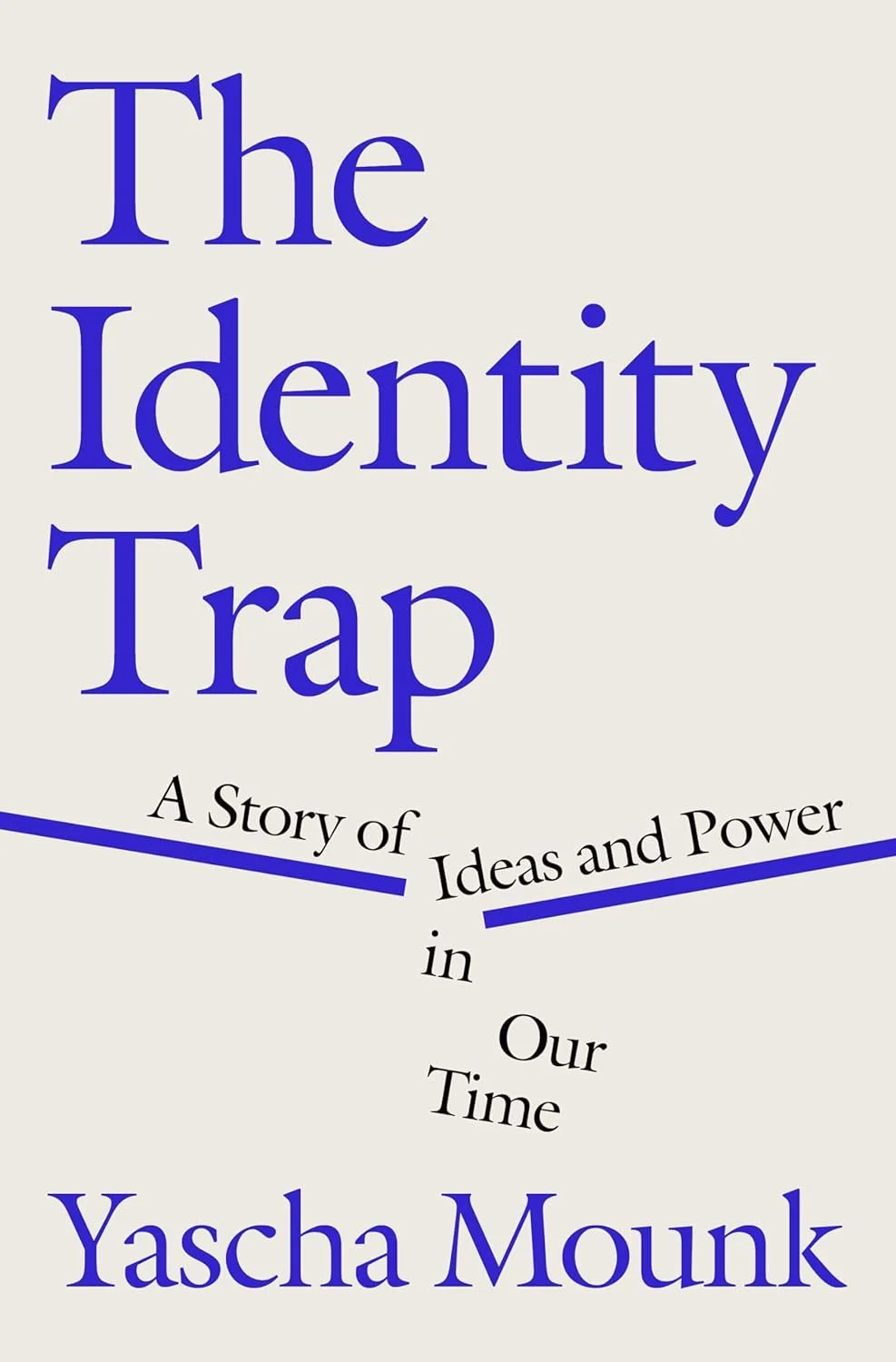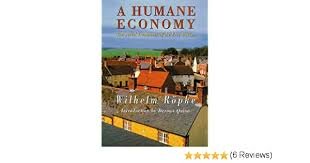Can Science Explain Everything? - A Review
Can science explain everything?
Most people would answer that question reflexively, but there is likely to be a divided response.
John Lennox, longtime apologist for Christianity and emeritus professor of Mathematics, argues that science cannot explain everything. His little book from The Good Book company, Can Science Explain Everything?, is a concise explanation of his response.
To some, the question itself might seem absurd, but one of the prevailing worldviews of the 21st century is scientism. We see this when people tell us to “follow the Science” or that “Science tells us” or some other trick of speech that assumes that there is a univocal authority in Science (it must be capitalized) that can shortcut any moral or practical concerns. Scientism is the belief that empirical scientific inquiry can answer any question and provide a consistent correct answer.
The question is significant because much of our cultural conversation seems to assume that science either knows everything or that it can know everything if we only ask the right questions and properly fund the research. There are huge ethical problems created by scientism, but there are more practical ones as well.
Scientism presumes that religion is either irrelevant to meaningful knowledge and thus useless for life or directly opposed to reason. This is the view of atheists like Richard Dawkins, but it is also a garden variety myth often used to marginalize Christians. Lennox topples scientism as a presupposition of reality and shows that while science is important, it is lacks sufficient structure to answer some of life’s most important questions.
Lennox opens his book arguing that being a scientist does not preclude belief in God. As a retired professor of mathematics, he has good reason to know this. But he also shares with us the account of his academic superiors attempting to shame him into rejecting Christianity. Lennox then moves on to a discussion of the shift in culture from faithful scientists seeking rational explanation for natural phenomenon because of their faith in God to some more contemporary scientists who seek to use their scientific findings to argue against the existence of God.
The substance of the argument of the book is that both religion and science are dependent upon reason, but they are often geared to ask different questions. Science tends to ask “What?” and “How?” while some sort of philosophical thought, including religion, is necessary to come to an answer about “Why?” The “Why?” in this case refers not to the process, but to purpose. Science can not answer questions of purpose.
Lennox also argues that there is no reason not to take the Bible seriously, despite the apparent power of science to explain all natural phenomena and exclude any supernatural events. He even argues that there is no reason to reject miracles. The miracles recorded in Scripture, like the resurrection of Jesus, are matters of history rather than of philosophy or science.
The whole book has an apologetic edge. Lennox is making a case that Christianity is credible. The book begins focused on the question of science, but turns during the discussion of miracles toward other objections to Christianity, for example, Lennox briefly discusses the problem of evil. After that point, he examines the trustworthiness of the text of Scripture we have as a way of explaining why the resurrection miracle has a historical basis. He then provides a chapter explaining that for the skeptic to falsify Christianity—that is, to prove that Christianity is not true, he needs to disprove the resurrection. Lennox shows that Christianity is falsifiable, but also makes the case that the account in the Bible of Jesus’ death, burial, and resurrection plausible and, indeed, even probable as the most credible explanation. Lennox closes the book by explaining how one can be a Christian and why it is important that skeptics and Christians test the faith honestly, seeking answers to doubts without perpetuating them indefinitely.
This is both a good book and a limited book. It is a worthy tool for the right applications, but is not the right instrument for every job.
Can Science Explain Everything? is an introductory level text. It is written at a level that an advanced junior high student could follow the argument. It is most suitable for those with more advanced reasoning skills—curious high schoolers, college students, or congregants who have come up against exclusive claims of scientism and are asking good questions about the faith. The book would also be helpful as an evangelistic tract for an open-minded skeptic who is honest about seeking answer to her questions. It will also be helpful for Christian students asking whether a skeptical teacher really has all the answers.
On the other hand, this is a book that is likely to meet resistance and ridicule by more hardened atheists because Lennox made the necessary tradeoffs between concision and completeness. In a book of 125 pages it is impossible to explore every contour of these important questions. This will lead more antagonist people to find the intentionally basic explanations Lennox offers unconvincing. This is not due to an inherent deficiency in the book, but a recognition of its purpose. Lennox has provided more substantial refutations of scientism in his book God’s Undertaker: Has Science Buried God?
This is a good, useful book. Don’t ask more of it than it is prepared to give, but it would be a handy resource for a youth pastor or church bookshelf to answer some of this culture’s most pressing challenges.






















God of All Things thus deepens our experience of the world as we study and live. Its short chapters and engaging prose are suitable for a wide audience. The many connections with real, physical object lessons have deepened my appreciation of God’s efforts to ensure that the message of his greatness is available for all.